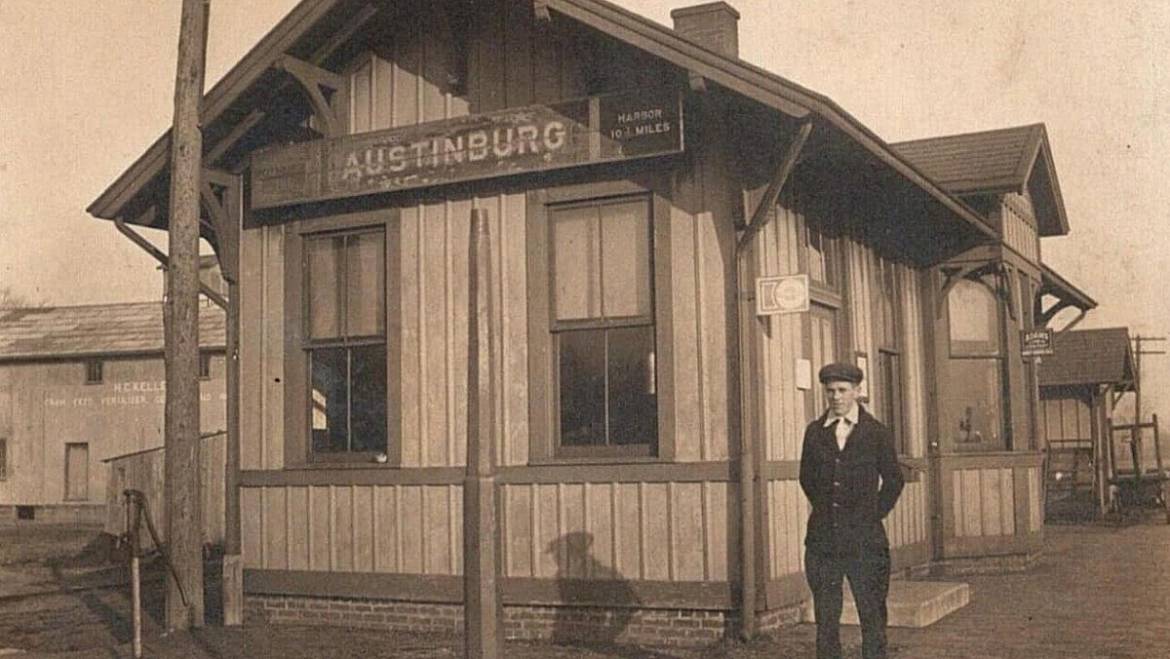In the late 1700’s Austinburg was part of the land known as the Connecticut Western Reserve and owned by a group of men of the Connecticut Land Company. One of these men was Judge Eliphalet Austin.
In the spring of 1799, Judge Austin with two other couples and three hired men traveled from Connecticut to the area that became known as Austinburg. They arrived in June and built log cabins, cleared some land, and planted wheat. Austin returned to Connecticut and urged more people to join him when he returned to Austinburg the following year and the actual colonization of the town began.
This handy group of pioneers believed in the trinity of “home, church, and school.” From the first Sunday all work stopped and they gathered to hear a sermon read, say prayers, and sign hymns. In the summer of 1801, Rev. Joseph Badger, a traveling missionary, preached the first sermon in Austinburg. He returned in October and organized the first Protestant church on the Western Reserve and the second in Ohio. This congregation continues on today as the First United Church of Christ of Austinburg.
Once the settlers had homes built and the church established, they began the schools. The first school was held in Austin’s barn and taught by his daughter, Miss Betsey Austin.
The first sawmill in the county was set up by Eliphalet Austin in 1801 on the Grand River at Mechanicsville and it was soon joined by a grist mill built by Ambrose Humphrey.
The first mail route along the Lake Shore was contracted by Eliphalet Austin in 1803. He had the first post office here and acted as postmaster.
In the village and surrounding area, there are many houses and buildings dating back to the early 1800’s.

